Burrowing into plant and seed catalogues isn’t a bad idea at the moment. Mail ordering plants and seeds is eminently doable even in a pandemic crisis, and if you’re hanging out a lot at home, so much the better for keeping track of fragile new seedlings and transplants. I sowed a few zinnia and cosmos this gloriously drizzly morning (‘Queen Lime Orange’ and ‘Xanthos,’ respectively), ordered from Chiltern’s in the UK because a) the UK is still a plant mecca, and b) they also had a more heat-tolerant dill I’ve been interested in trying, ‘Tetra.’ These will be for pots. I wouldn’t plant zinnias in my dryish summer garden anyway, even if there was a patch of unoccupied soil. Somehow sowing seeds, even ornamentals, is as reassuring to me as a well-stocked pantry. Beans, pasta, and a few summer flowers — the essentials!
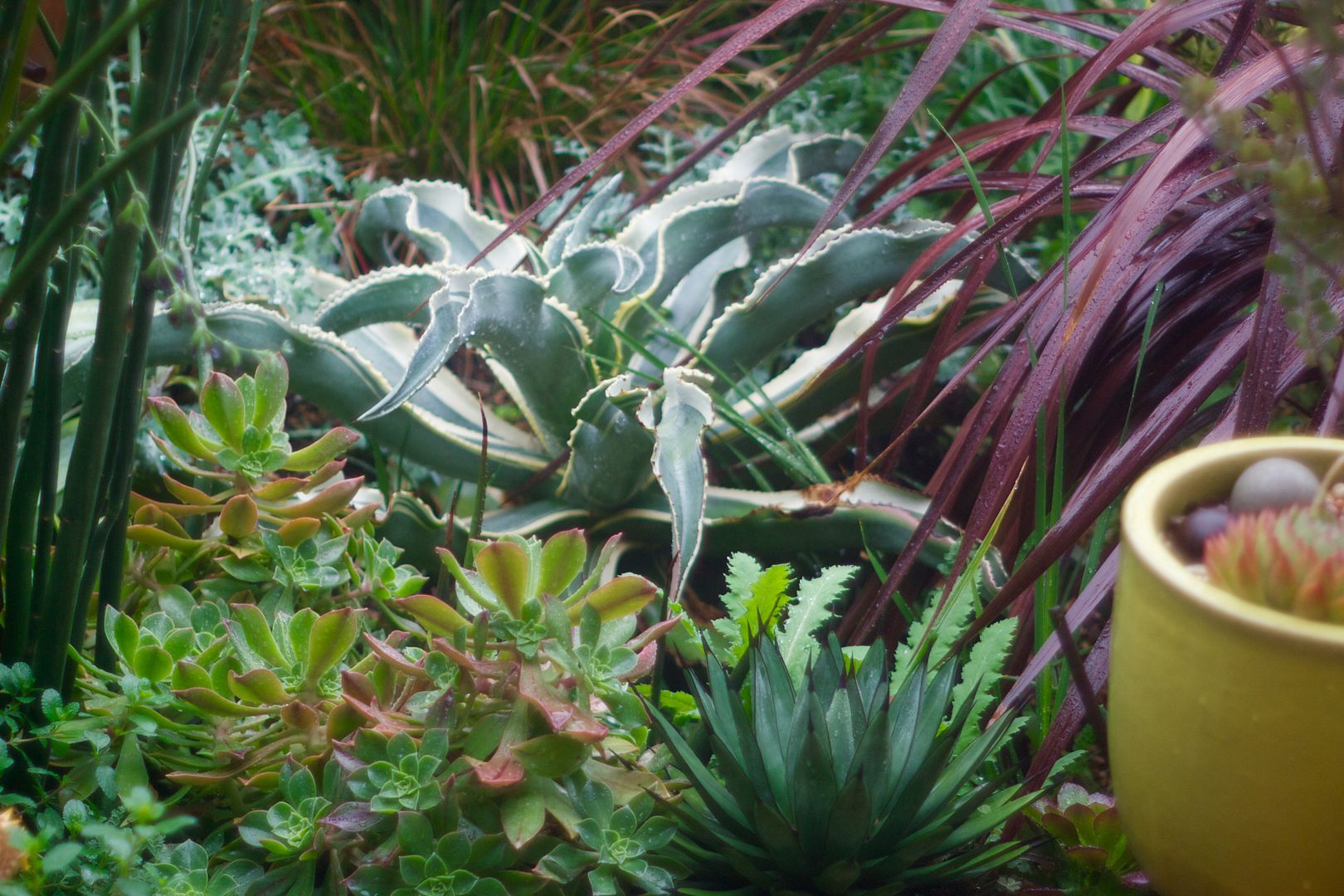
There’s barely an inch of ground left in the garden, even for self-sowing annuals like my go-to poppies, Papaver setigerum, lacy umbel Orlaya grandiflora, nicotianas, and honeywort Cerinthe major purpurascens.
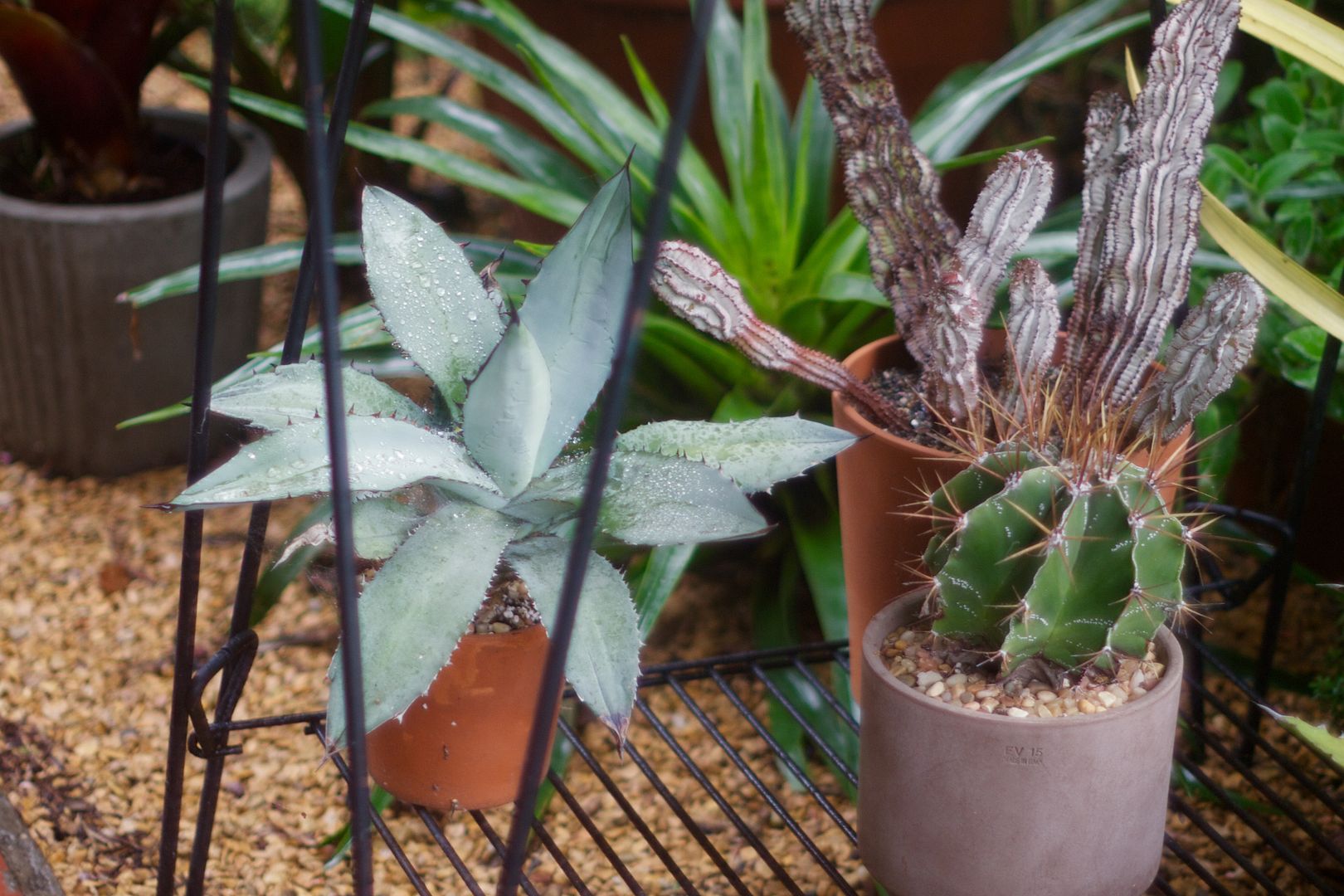
I love my winter garden and all my spiky, shrubby friends. It is not lost on me that, in a weird reversal of intentions and aspirations, my zone 10 winter garden is filled with the tender plants and succulents that are temporary stars of summer gardens in colder climates. And then those summer gardens will be filled with all the perennials I wish I could grow here in zone 10. I love how these different visions of a summer garden — movement vs. statism, softness vs. solidity, pointillist vs. architectural — nourish garden imaginations everywhere and expand the sense of what’s possible.

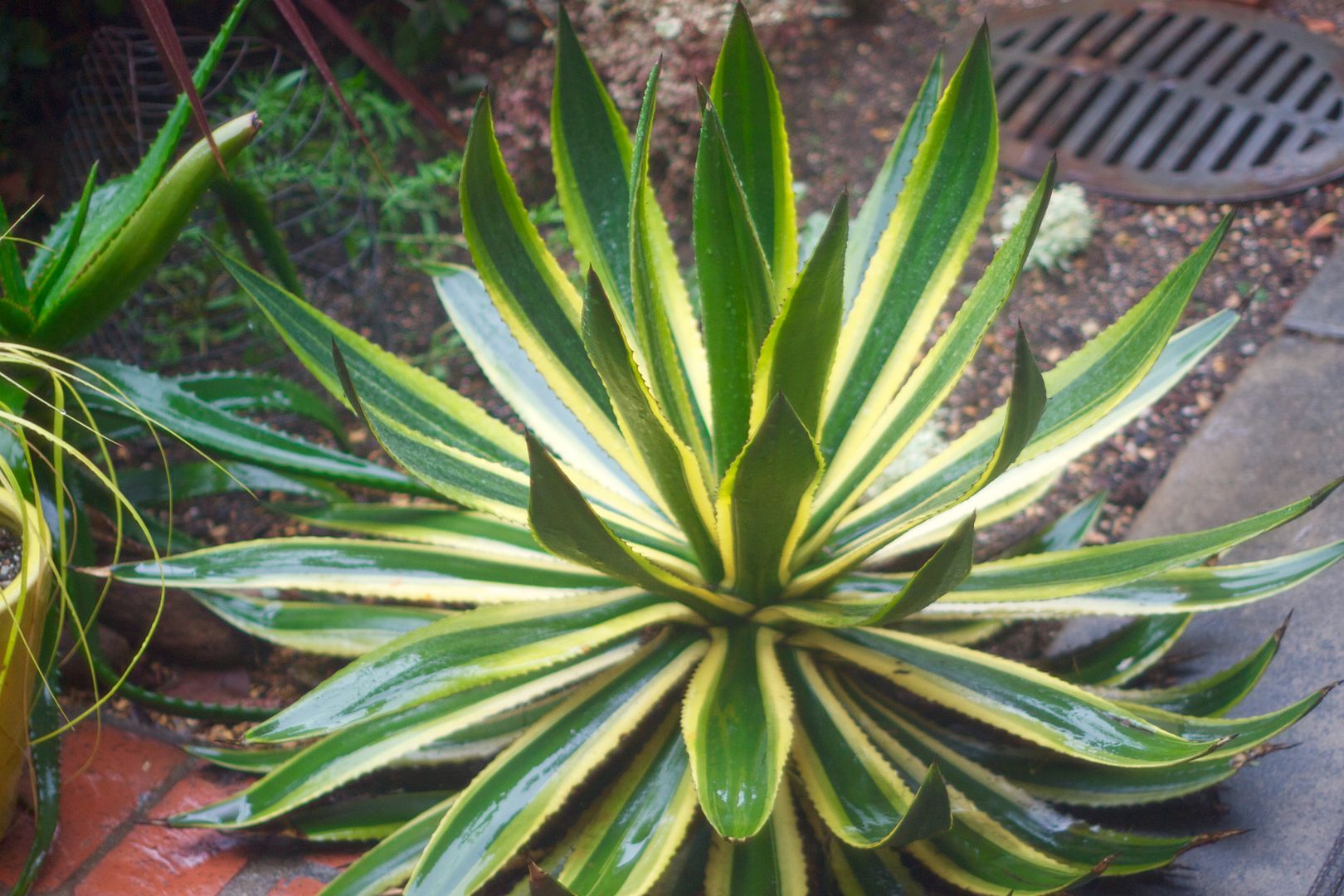
Whether the emphasis is on cactus and succulents, a dream of wildflower-filled meadows or scrubby chapparal, the idea of a garden is broad and malleable enough to encompass anything we can imagine. (As a simple baseline in making a garden I’d say 1) do no harm, 2) work with your climate’s rainfall patterns or you’ll be miserable, and 3) allow as many local wildlife species to thrive with you there as possible.)
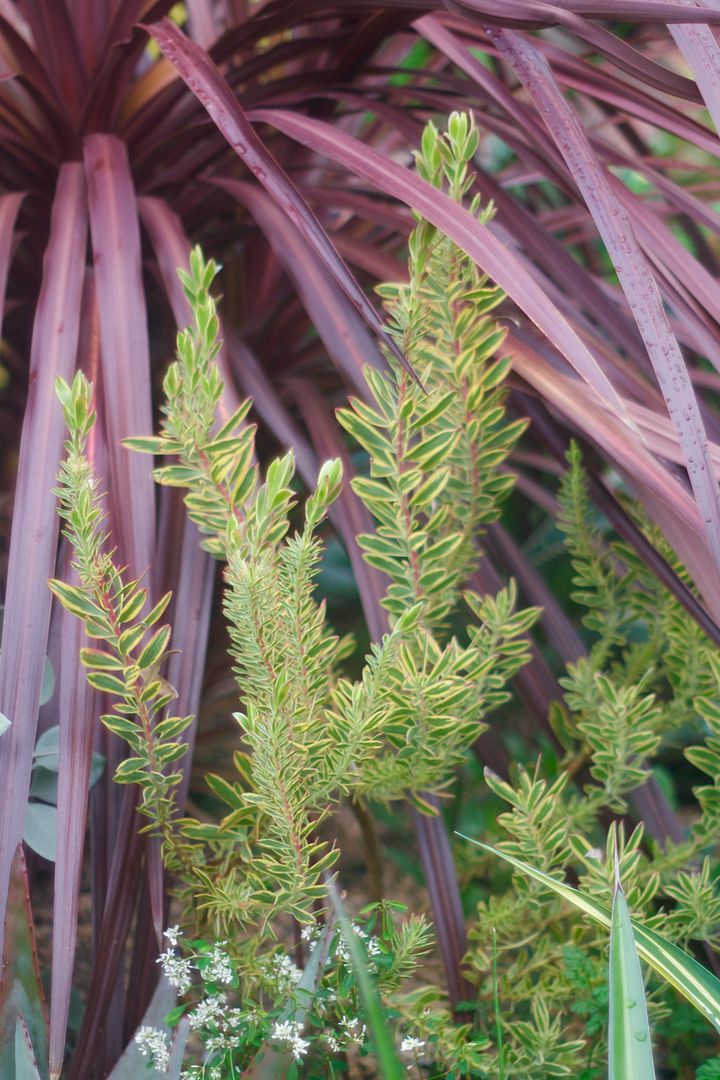
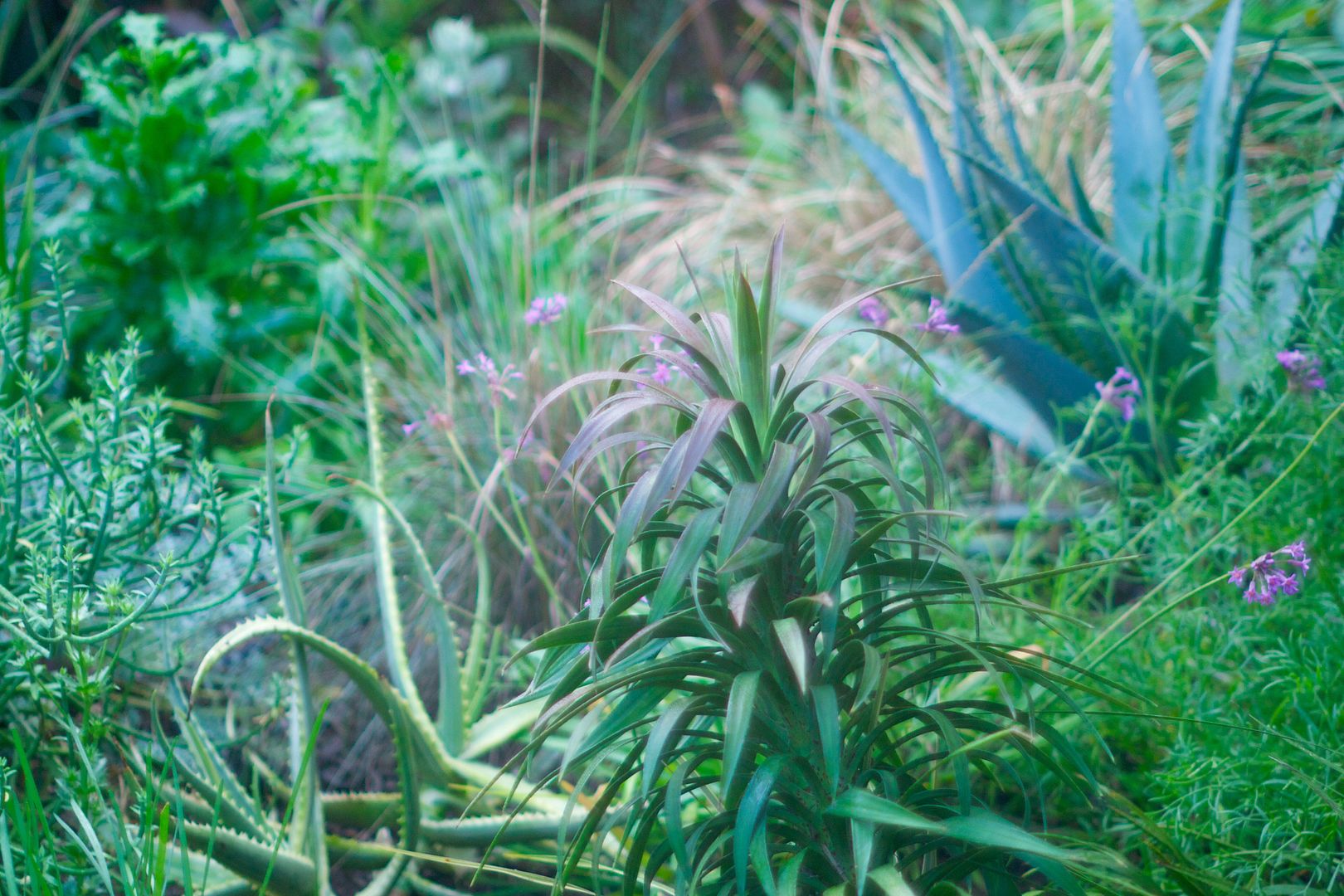
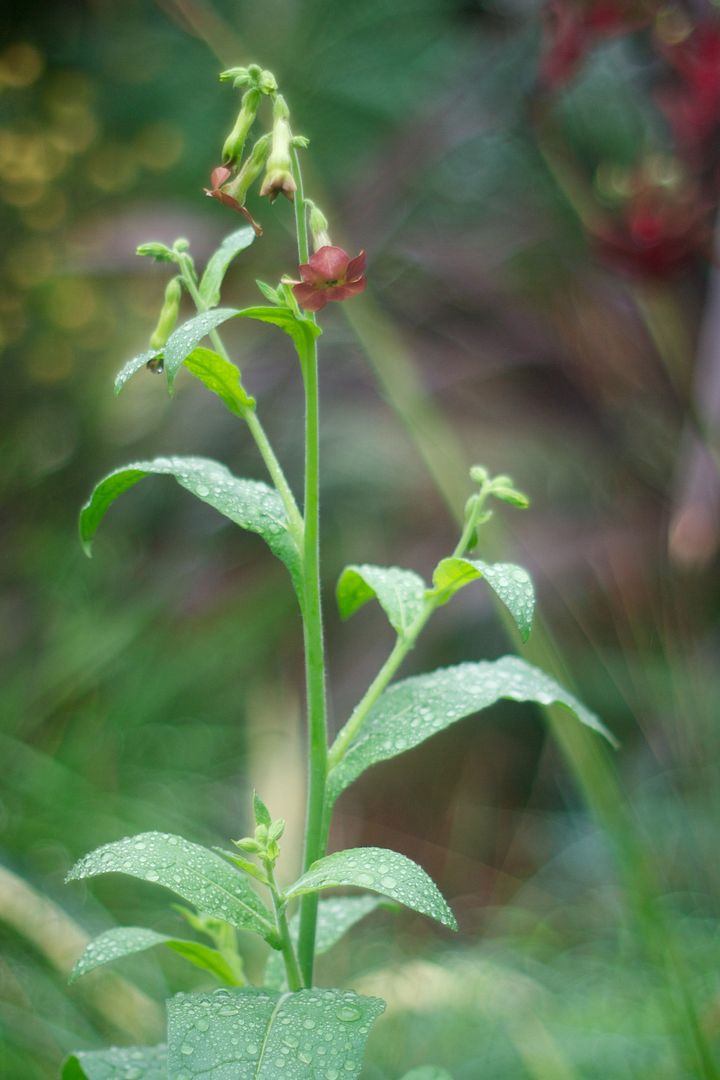
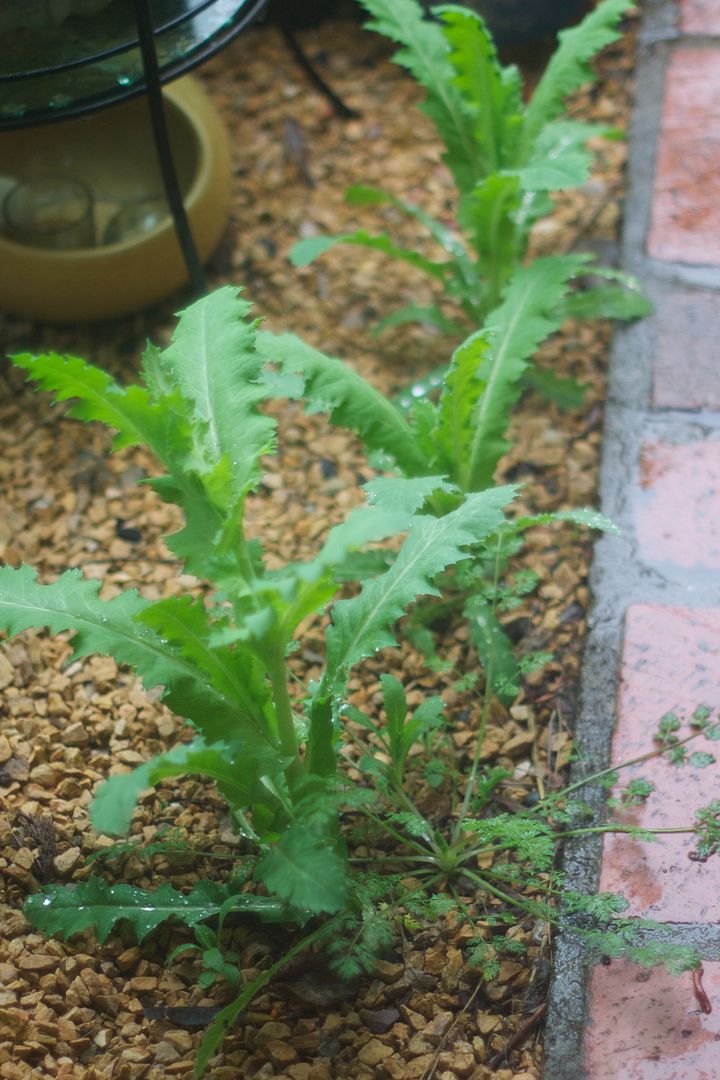

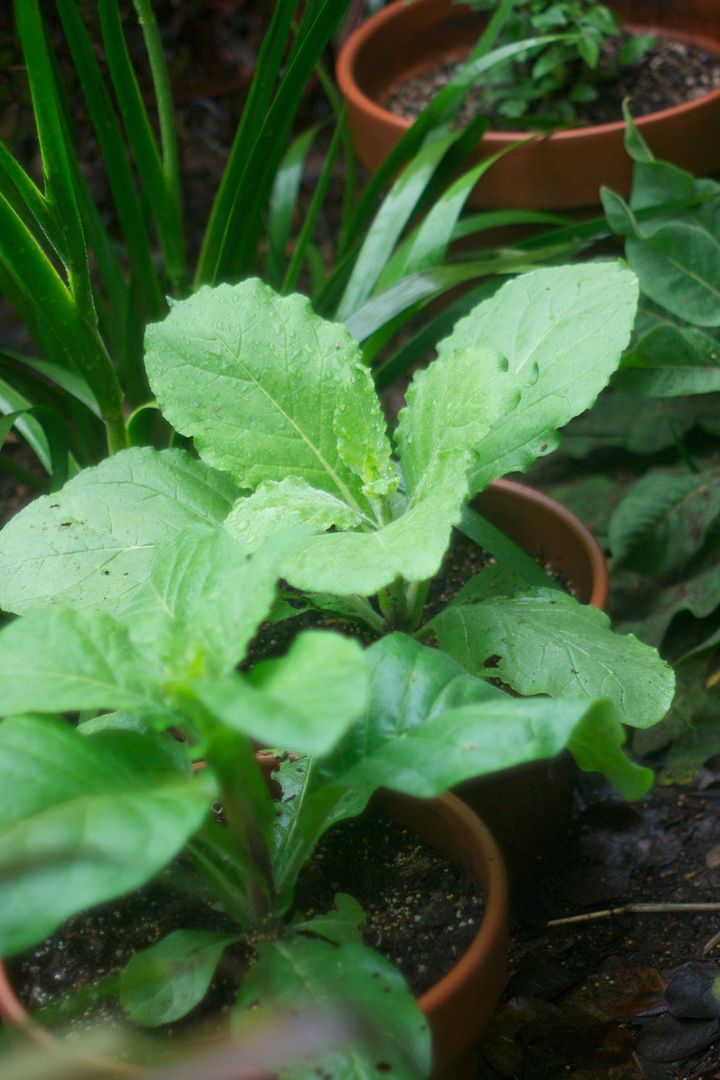

By early spring, I’m ready for some wind-tossed, out-of-control exuberance in the garden, something that perennials do so well. But here in the mild winter, mediterranean climate of zone 10, many perennials don’t return a second year, refusing to break dormancy and wake up again for another spring. A nice surprise this winter was the return of the lacy leaves of the giant fennel, Ferula communis, I planted almost a year ago, which completely disappeared last summer. And I’m trying another phlomis, this one herbaceous, unlike recently trialed shrubby Phlomis lanata (a great phlomis for a larger dry garden.) Phlomis tuberosa ‘Bronze Flamingo’ will most likely be unsuccessful here, just like related Phlomis tuberosa ‘Amazone,’ but for now it’s showing new basal growth. And the old maxim of killing a plant three times is a useful guideline, because hopefully in those three times you’ll have experimented with different exposures and growing conditions. And because I’ve watched them bloom spectacularly all winter in a small garden near my mom’s house, I’m trying a few plants of the tall, wispy annual Coreopsis tinctoria, an heirloom variety Annie’s Annuals carries called ‘Tiger Stripes.’
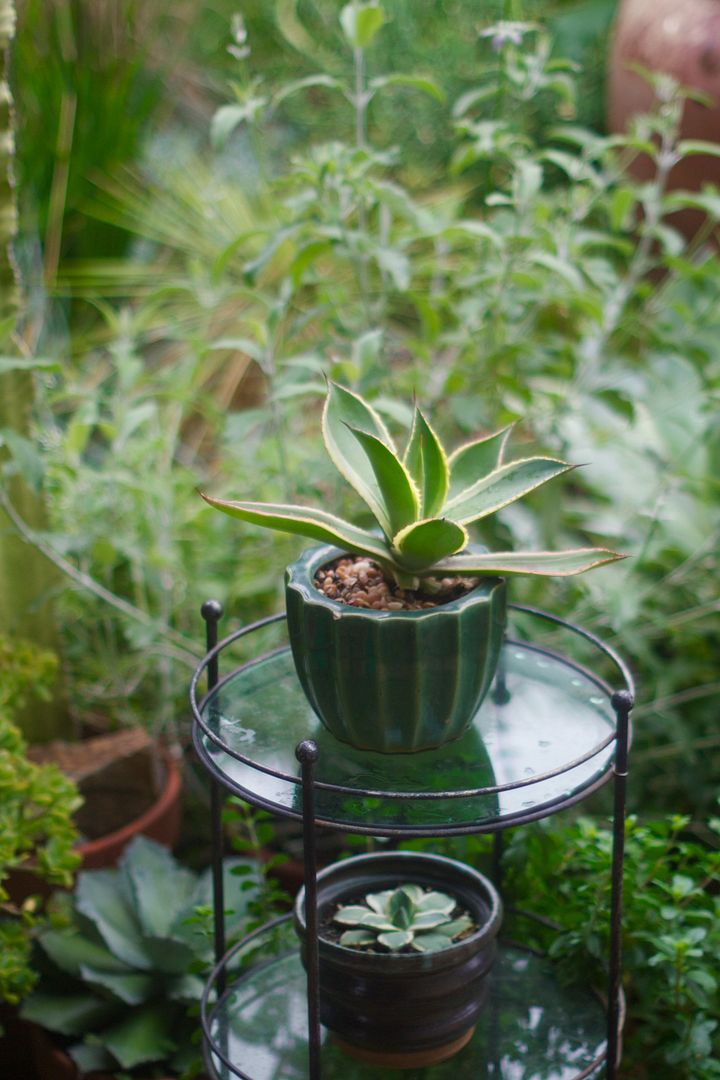
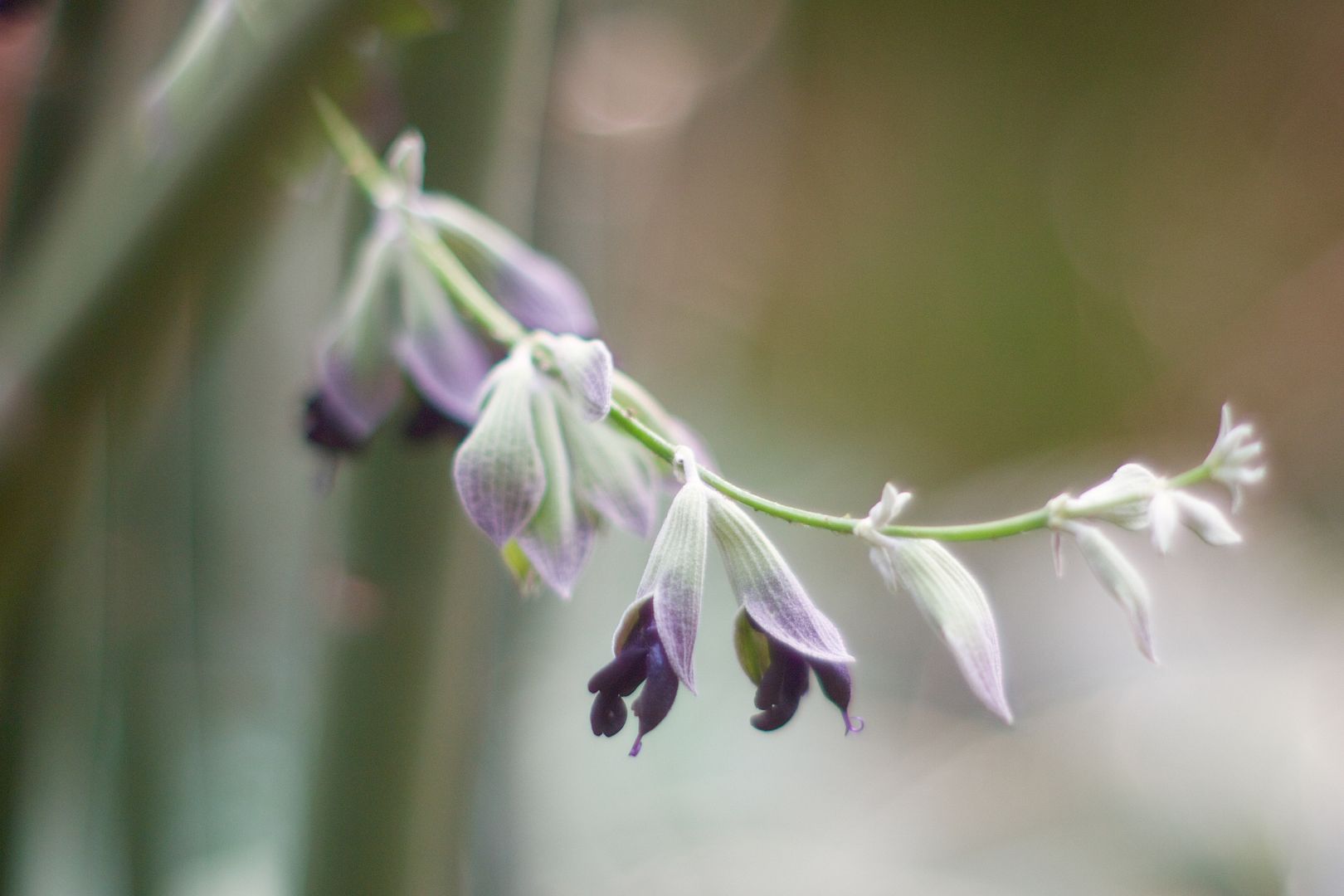
Trying out new plants is a thrill that never gets old, even if it’s from a genus I’ve repeatedly grown. Phygelius are hardly newcomers to this garden. I’ve run hot/cold for years with the so-called cape figwort aka cape fuschia. (See here and here and here.) From South Africa, they would seem to be ideal plants for zone 10 summers. Gardens colder than zone 7 often grow these heavy-blooming, hummingbird-friendly plants as annuals.
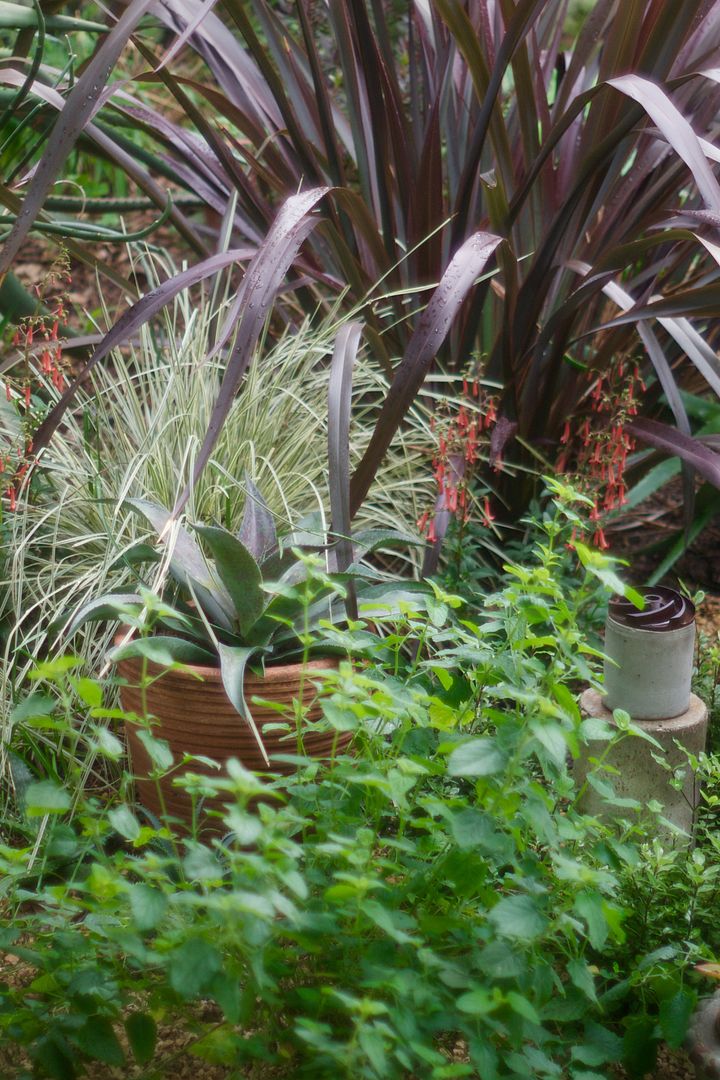
They are big, lanky, shrubby perennials, and I’ve always had a problem getting a semblance of uniform growth and bloom out of them. Flowers invariably appear at the end of long, wayward branches that fall to the ground and smother surrounding plants. (And blooms on the ground, let’s face it, is the garden equivalent of “burying the lead.” Or is it “lede”?)
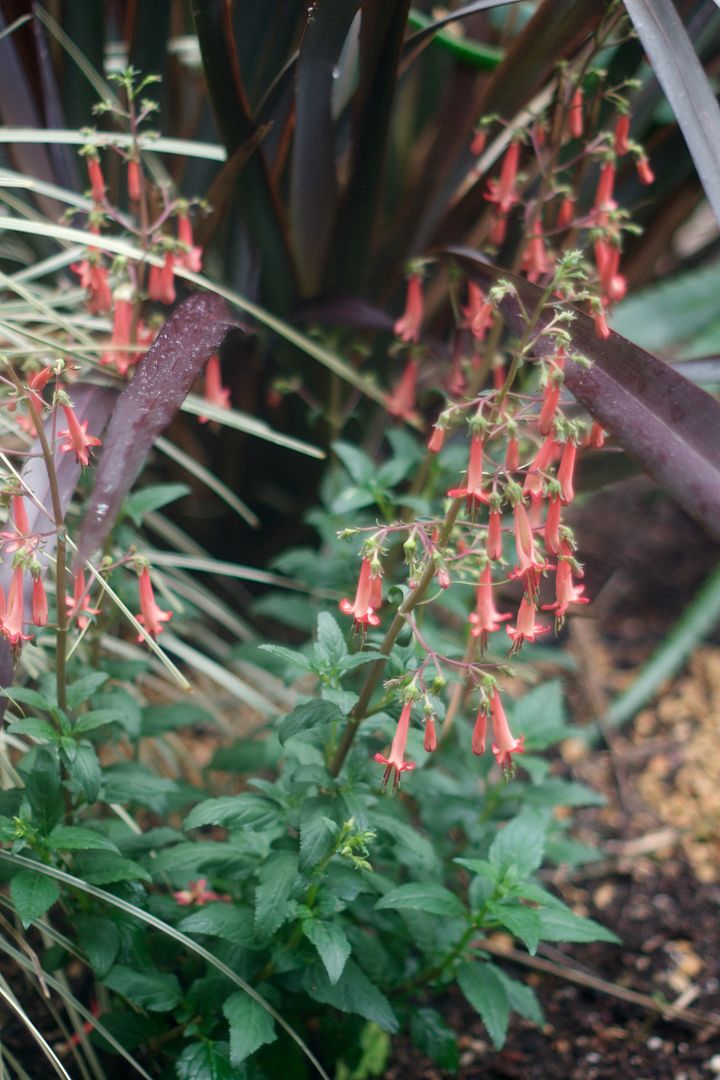
But I keep an open mind and continually trial the new phygelius on the block because they seem bursting with good summer garden potential for zone 10. In local nurseries now is ‘Colorburst Orange,’ and a couple came home with me, squeezed in at the base of a phormium among Lomandra ‘Platinum Beauty.’
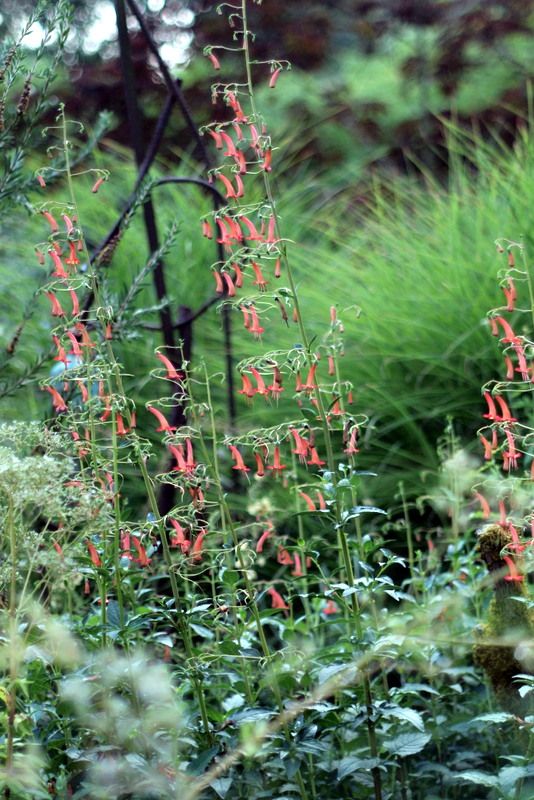
If you can’t find phygelius varieties local, Digging Dog always carries a nice selection. So much to grow!

Your garden looks lush and happy. Am looking forward to Spring here. So cold today flocks of starlings are huddled together along tree branches trying to stay warm. Had a chuckle over your comment on what you yearn to grow but can’t. Gardener’s always seem to push the boundaries no matter where they live.
I enjoy watching your experiments with different plants. I’ve yet to succeed with any Phygelius. I’m amazed and more than a bit chagrined by all the plants you can grow – like Nicotiana and Papaver – which only sulk and die in my garden. And where do you keep finding these new varieties of Tulbaghia?
Stay sane. It’s getting crazier out there with each passing day. I shall be remaining close to home and spending as much time as possible in my garden too.
Same issues here with Phgelius, either they die quickly or hide under other plants…good to experiment.
Your garden is a reflection of your sense of experimentation and adventure.
@Hi Elaine — we’ve been relatively cold and raw too, with episodes of rain. I am voracious when it comes to plants — glad to give you a chuckle! Take care.
@Hi Kris — that tulbaghia came from Village in Hunt. Bch. They fit in with my scheme here, so I keep an eye out for new kinds. So glad your garden is at the point where it is a huge source of entertainment in these sequestered times!
@Hoov, that’s so weird about phygelius in SoCal, a small sample to be sure but similar experiences. I think that potted titanota is a gift from you!